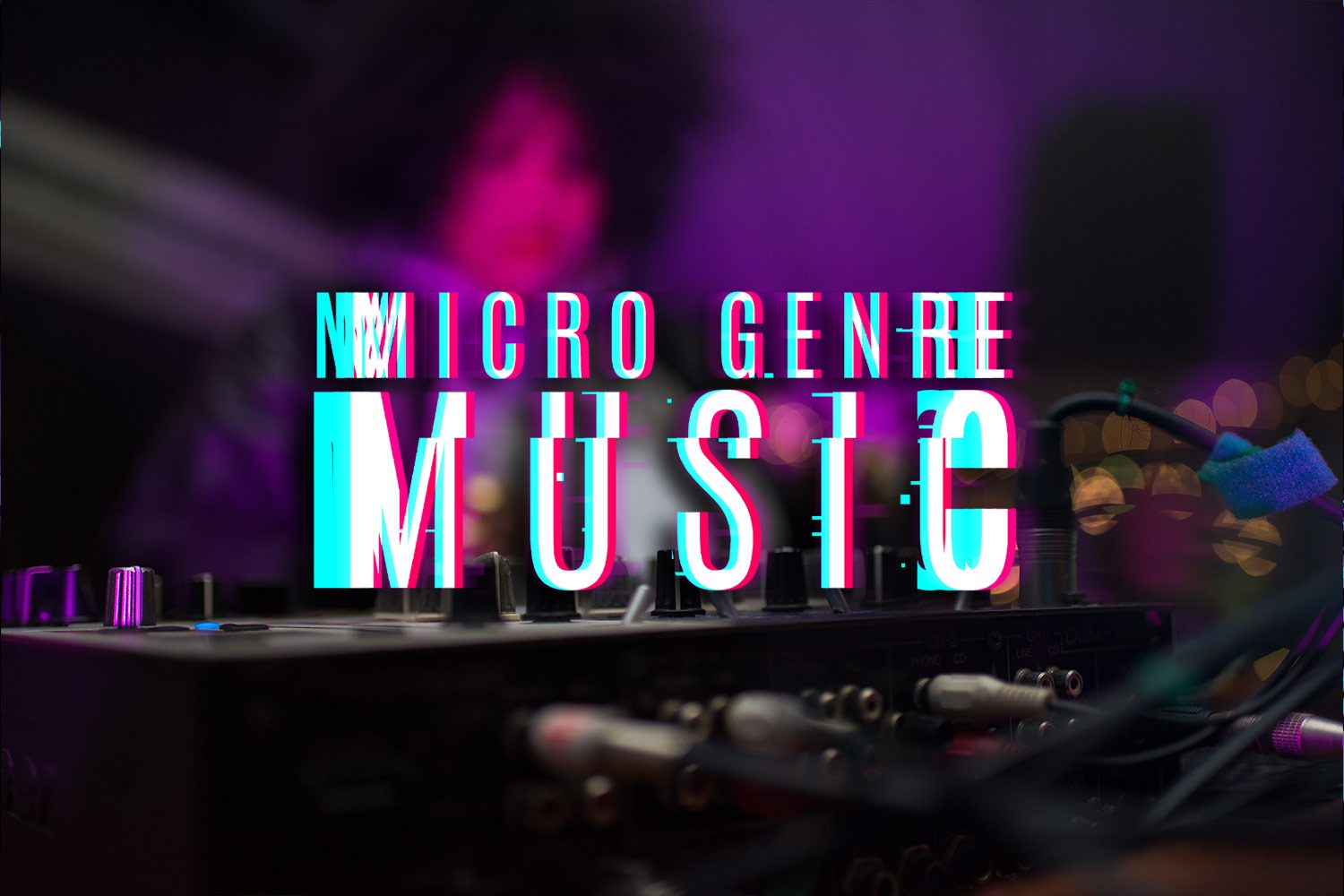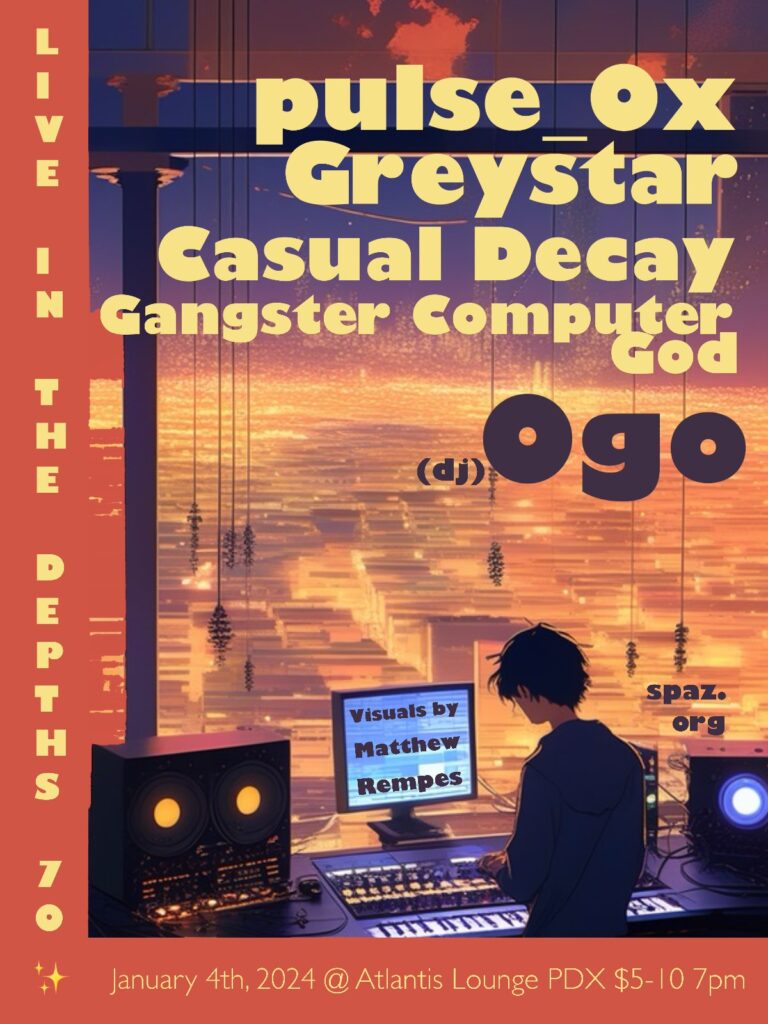Queer OST (2024) Trent Reznor and Atticus Ross – Film Soundtrack Review

Trent Reznor and Atticus Ross approached the Queer soundtrack without ceremony. No grand opening theme. No romantic overtones. Just decay, space, and flickers of melody suspended in air. Directed by Luca Guadagnino and based on the William S. Burroughs novel, Queer needed music that wouldn’t guide the audience. It needed music that would hang over them like a question they couldn’t phrase.
The score came together during post-production in late 2023. Reznor and Ross worked from their usual haunt—Reznor’s studio in Los Angeles, outfitted with analog gear, vintage tape machines, and custom-built modular rigs. They didn’t write character motifs or cue-specific pieces. Instead, they delivered a palette. Tones, pulses, and degraded textures served as an extension of the film’s psychological atmosphere rather than narrative commentary.
Tools and Texture
You’ll hear plenty of granular synthesis throughout. They used software like Native Instruments’ Reaktor and hardware from Make Noise and Soma Laboratory to manipulate acoustic fragments into shape. A piano chord might play backwards for seven seconds, get filtered through a cassette emulator, and then reappear later under a different harmonic context. This isn’t about themes. It’s about memory, distortion, and unfinished thoughts.
What does that do to a scene? It removes certainty. One sequence – a dimly lit hotel hallway confrontation—runs without dialogue for nearly thirty seconds. Just a sustained, brittle drone, subtly modulating around 432 Hz. No rhythm. No resolution. That tonal flatline puts you in Lee’s headspace. His paranoia isn’t dramatized. It’s mirrored.
Intentional Ambiguity
Most cues are untitled in the initial cue sheet. That wasn’t laziness. Reznor and Ross wanted each track to exist without suggesting an emotional direction. You won’t find cue titles like “Lee’s Regret” or “Farewell in Mexico City.” Instead, you get file names like “QH_17_bounce1” or “VariantLoop_03.” Guadagnino embraced the ambiguity. He didn’t temp the film with other scores. He waited for Reznor and Ross to build the sonic world from scratch.
There’s one recurring element worth tracing: a reverb-soaked nylon string guitar. It shows up three times, always mixed low, never front and center. It sounds like it’s being played from another room, barely miked. Ross recorded it live with a Neumann U67 mic at an off-axis angle, bouncing it through a Roland Space Echo and then degrading it further through reel-to-reel tape. The result is haunting, not because it’s eerie, but because it feels private.
No official soundtrack album has been released yet, though a limited vinyl pressing has been confirmed through Mondo. Early test pressings suggest a minimal layout: plain black jacket, white label, no track titles. That fits the aesthetic. Reznor and Ross have said they’re not interested in turning Queer into a playlist moment. You can’t shuffle this soundtrack.
Some early viewers criticized the score for being too abstract, too restrained. But that restraint holds the film together. Queer doesn’t offer clarity. It offers longing, disassociation, repetition. The music sustains that without ever asserting itself. That takes confidence – and discipline.
If you like this album, you’ll love this album:









